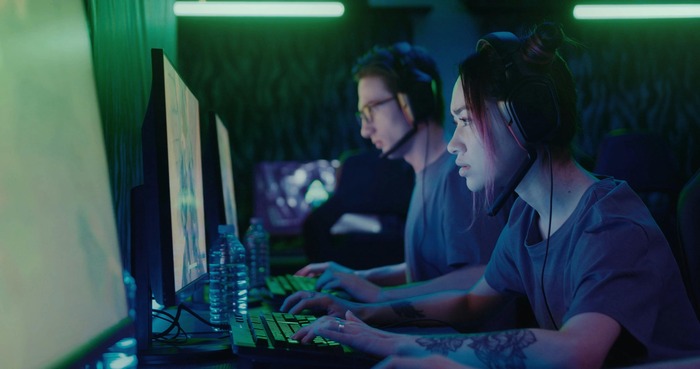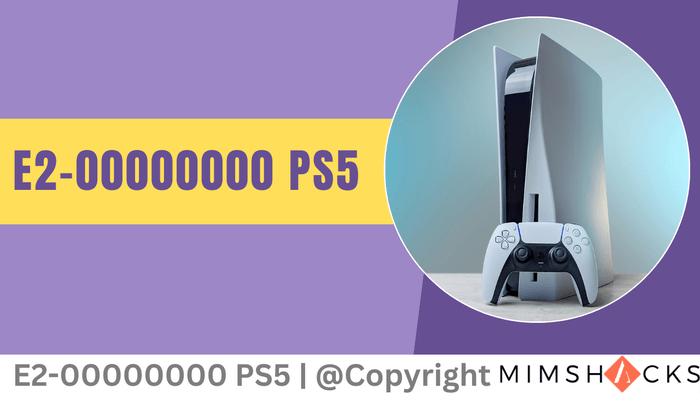Photo-Realism vs. Fun Factor, What Gamers Want?
The gaming industry is, in many ways, a battlefield. Not one of the bullets and explosions, although these too abound, but rather a battle of philosophies.
One of many great debates for both the developers and those who enjoy their work over the years has been whether we should keep pushing visual fidelity to its limits or whether it is more important to make something fun and entertaining, sacrificing “realism”.
This debate has developed across the industry into diverse, engaging titles, each with its own unique appeal.

The Arcade Feeling
Plenty of titles shamelessly let their imaginations run wild, forgoing photorealistic graphics for fun, addictive gameplay that attracts attention across generations and from the casual audience.
One such masterclass in gleeful absurdity is Mario Kart. All the zany power-ups, chaotic races, and colorful characters are thrown in to create an experience that’s pure, unadulterated fun, stoking competition among friends and families.
Another example would be Burnout Paradise, a game for a bit older teen audience, which sacrifices all semblance of realism to high-octane thrills as players are encouraged to perform spectacular crashes and reckless driving.
Grand Theft Auto games strike a unique balance between expansive open-world games and pointed satire. While these games are steeped in realism in some aspects, they simultaneously allow players to do outlandish things. As generations shifted from one to another GTA remained, and each iteration improved on graphics, detail, and physics.
Minecraft’s blocky world is both highly creative and exploratory, turning the concept of building blocks into a survival game that allows high creativity. The Legend of Zelda, a gaming classic, also offers some truly engaging gameplay with memorable characters set in a completely fictional world. These games stress engaging gameplay, memorable characters, and imaginative worlds.
Why do players embrace realism in some games yet wish for a lighter experience in others?
The appeal of realism is the potential for greater emotional resonance. Realistic graphics can create greater immersion, making players feel more connected to the game world and its characters.
Good graphics make the visual storytelling clear. Stepping into a realistically rendered environment or scenario can be thrilling, particularly when it involves situations that players would never encounter in real life.
Conversely, many gamers value fun over realism for a variety of reasons. Games that prioritize gameplay can be more engaging. Stylized visuals are very often more appealing than realistic graphics. In those cases, realism can even detract from immersion for some players, particularly if the game suffers from the uncanny valley effect.
A focus on fun allows for more creative and imaginative experiences, unrestricted by the limitations of the real world.
A good example of a balance between the visuals and a sense of fun can be found in virtual versions of classic casino games, like Poker or Blackjack. Even though the players can’t, and don’t really need to, see if their opponents are bluffing, the mechanics that make the game fun are still there. Vegas Insider’s offer is very diverse, and includes the Best Online Casinos in Canada.

The Pursuit of Realism
Realistic graphics are not a new pursuit or a recent one, but it has intensified significantly in recent decades with more powerful hardware being available to the average consumer.
The late 1990s marked a turning point. Unreal, released in 1998, wasn’t just a shooter; it was a visual showcase. Detailed textures, dynamic lighting, and relatively intelligent NPCs set a new standard. This marked the beginning of a race to capture reality within the digital space.
Over the years, a number of other games followed suit and continued to set new standards. Tom Clancy’s Splinter Cell: Chaos Theory, which set the bar for lighting and shadows, shadows being a tool the player used; Batman: Arkham Knight, with its hyper-detailed character models and rain-soaked environments; the cyberpunk thriller Observer, dripping in atmosphere, each pushing the graphical fidelity envelope a little further as new iterations of the Unreal Engine came out.
Some say that realism reached a whole new level when Unreal Engine 5 finally arrived in April 2022, boasting graphics that sometimes look eerily similar to real-life footage.
Some games, mainly in the FPS genre, fully dive into the realistic feel and attempt to emulate scenarios from the real world.
For example, Battlefield 1, set during World War I, does an exemplary job in this regard. Everything in the game, from the muddy trenches to war-torn villages, is created with such painstaking detail as to throw players into the brutal face of conflict.
Even though Battlefield 1 is a huge AAA title, other games made by smaller companies, like Ready or Not, take another tack: one of gritty realism in tactical modern law enforcement. Authentic procedure is the emphasized detail, realistic weapon handling, and tense, claustrophobic environments where it’s hard to tell between a civilian and an enemy.
Another example would be racing simulators such as Assetto Corsa and Gran Turismo. Aimed at simulating the physics and handling of real cars on famous race tracks from around the world, as close to reality as possible. Detailed car models and realistic track recreations all add to the feeling of immersion, which is precisely what draws the fans in from year to year.
Ultimately, the choice between photo-realism and the fun factor comes down to the audience.
Sometimes, realism is a potent tool, but not always a benefactor and the best games find a way to balance the two. One thing is the most important: for games to evoke emotion, no matter the cost.






